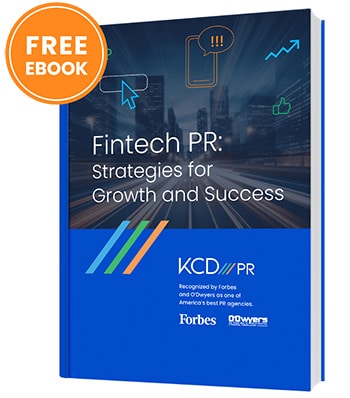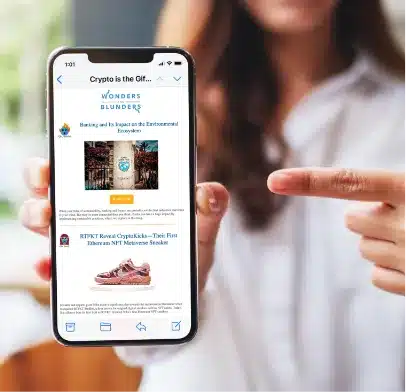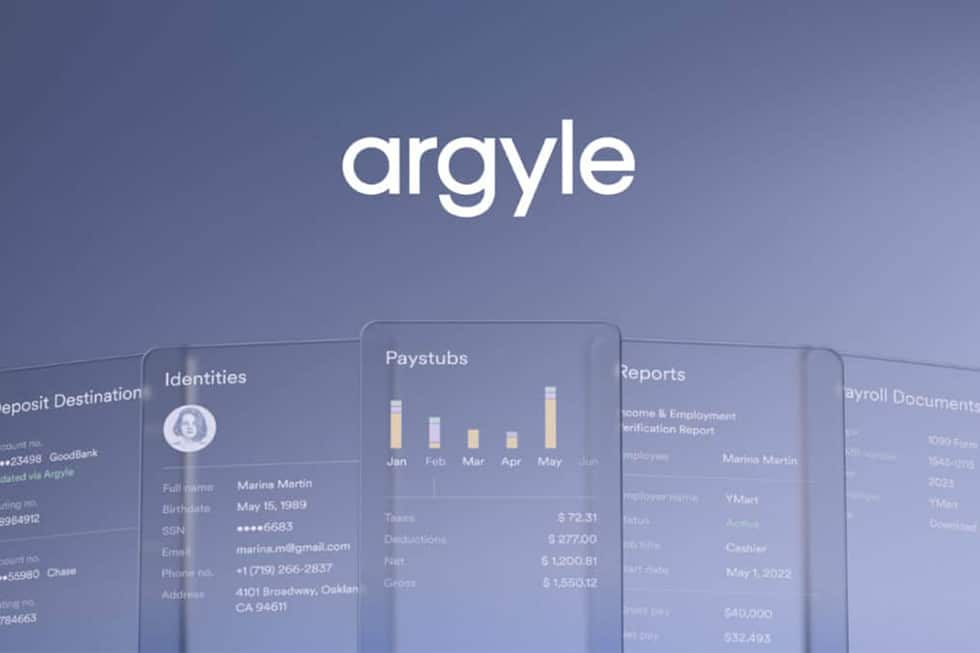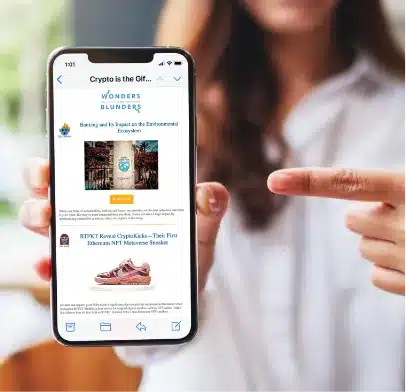Securing a feature story in TechCrunch is the goal of most tech disruptors. However, getting that story – or any story in a major media outlet – is often more complicated than many realize.
Whether it’s a startup or an established organization, those looking to challenge the status quo follow similar guidelines when developing a media outreach plan. While this blog isn’t a deep dive into public relations strategies, below is a high-level overview of helpful tips for developing an effective PR program.
Do Your Homework
Tech journalists are a small, connected group. If you’re emailing every reporter you find on Google, you’ll build a bad reputation. The last thing you want to do is be shut out by tech reporters.
Before you ever reach out to a reporter, research them. Check out their past articles and understand how their coverage would be relevant to what you are pitching. What topics have they covered lately? Do they return to a specific theme often? Are they for tech disruption, or are they against it? Have they written stories about your industry? Have they covered competitors?
By doing background research, you’ll be able to strategically target reporters to share your news.
Cultivate Relationships with Reporters
The key to a great PR program is building relationships.
A good way to start is to connect with reporters on social media. This doesn’t mean organizations should immediately start direct messaging all reporters in hopes they cover their product, innovation, app or company. Rather, comment, like and share the content the reporter is putting out on social media. This is a great relationship builder. Believe it or not, social media interactions have led to many interviews on the behalf of clients.
Also consider attending networking events, panels, webinars that feature your targeted reporters. Engage the reporter during these events, shake hands, ask an interesting question, send a follow-up email thanking the reporter for their insight, etc.
These gestures can go a long way. When a reporter sees your name or organization’s name in their inbox, they may be more likely to respond because the reporter remembers you from a conference or Twitter thread.
Provide Value
From there, it’s imperative to be mindful of your “pitch” approach to each journalist.
Once you’ve started to establish a relationship and are ready to email the reporter regarding your organization, you will want to showcase why you’re reaching out to this reporter at this time.
A new app, innovation or funding news may be very exciting to an internal team, but reporters are a tougher sell. Reporters want to know more than just “we launched this” or “we developed that.”
Reporters want to know what problem is being solved. What industries are being disrupted? How will this affect the status quo? How will this innovation make the world better? Can they have access to existing customers? How much money has been raised?
When reaching out to reporters, consider those questions to ensure you are providing the reporter with value he or she can share with their readers.
Expect (Some) Bad Coverage
Not all media coverage will be positive, especially for disruptors.
Unfortunately, for companies disrupting the norm, there is going to be some pushback. Some of the negative stories may be more extreme than others, but organizations should expect some “bad” coverage if they are changing the way we live our lives.
When a story that paints your organization in a bad light arises, it’s important not to attack the reporter. It’s key to find out why the reporter wrote the piece and why they painted your organization in a bad light. This outreach can lead to a further discussion and a potential interview between an executive and the reporter.
Sometimes, reporters will not engage in follow-up stories or discussions. They wrote their story and that’s it.
Change isn’t everybody’s cup of tea. Some reporters and readers may dislike the disruption. But, by doing research and targeting specific reporters in the beginning, organizations can limit the potential for negative coverage.
Celebrate the Great Placements
The good news is that (most likely) all your media stories won’t be negative. Reporters love sharing new ideas and concepts. Getting a big media win is a great feeling, and you should enjoy it!
However, don’t thank a reporter for great coverage. It’s the reporter’s job to report news and facts. Often, thanking a reporter may rub a reporter the wrong way. If you want to send a follow-up email, tell the reporter you enjoyed the piece and that you are looking forward to working together again in the future. That’s it. Don’t try and upsell or overly thank the reporter.
With the news story, share it on your website and social media pages. Retweet and like the author’s posts about the story. Print out the story and hang it in your office. You’ve earned it.






